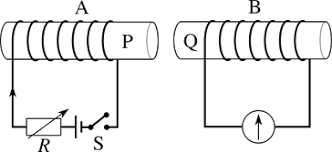I hope this is an okay place to ask this. Not a lot of places for amateurs to seek guidance for failed experiments or rudimentary knowledge.
This was an experiment I just tried, and want to understand why it didn't work.
I understand that moving a magnet through a copper coil will generate a magnetic field.
And my very basic understanding of Lenz's law is that dropping a magnet through a copper pipe induces an electric current that generates a magnetic field that opposes the magnetic field of the magnet, thus slowing it down.
I had been researching if it was possible to capture this current from a pipe, but as far as I could find, it only works with a coil.
I feel a bit like a kid here, because I'm sure this demonstrates how little I know: As an experiment, I attached some copper wire to both ends of a copper pipe, connected them to an LED, taped the whole thing to a PVC pipe so I could ensure the current was contained and dropped the magnet through the pipe. The LED did not light up.
Is it possible to generate enough electricity by dropping a magnet through a pipe to light an LED? Or does it actually generate any electricity at all? If not, why?

